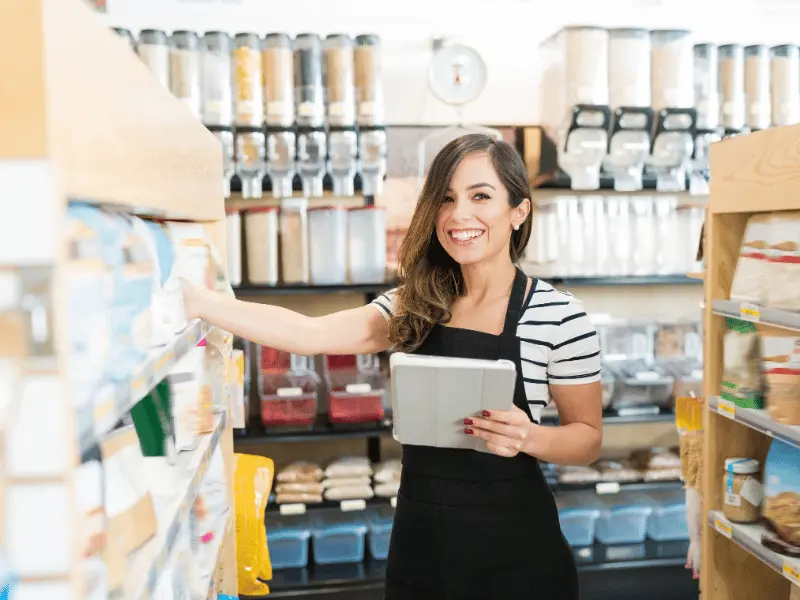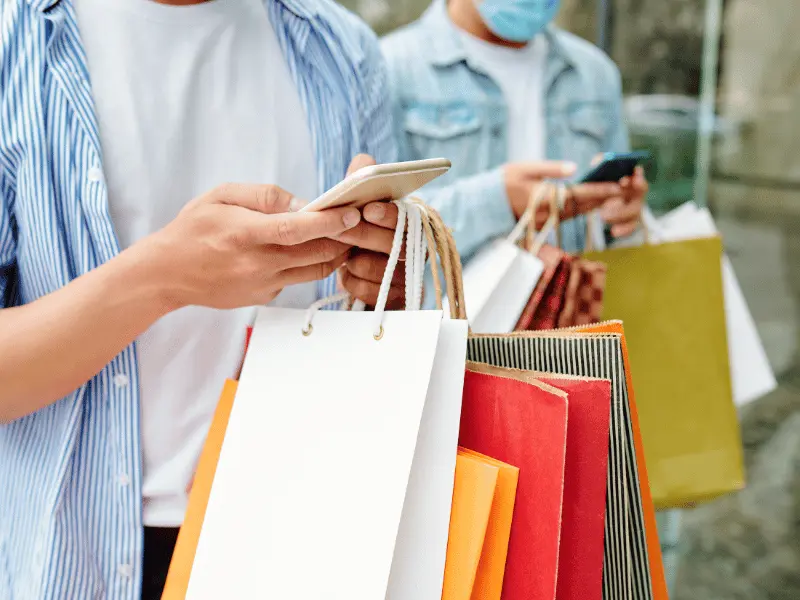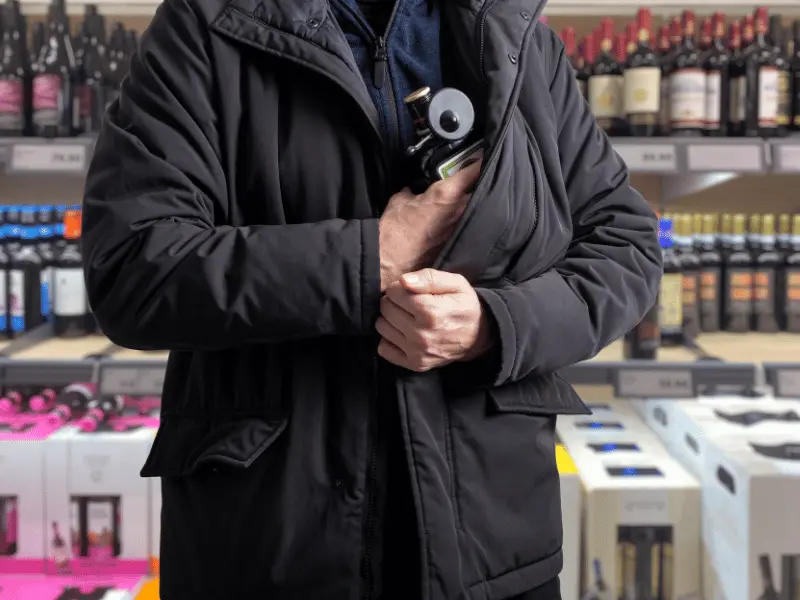RTLS in retail refers to the use of location-based technologies to monitor and manage the movement of assets, inventory, and people within a store environment. These systems use a variety of technologies to deliver accurate, real-time data on tagged items and shoppers. This real-time information empowers retailers to make data-driven decisions that enhance both customer satisfaction and operational performance.
RTLS solutions in retail environments rely on various technologies, each tailored to specific use cases:
The strategic deployment of these technologies enables retailers to gain real-time visibility into store operations, optimize workflows, and deliver more personalized and efficient shopping experiences.
RTLS enables real-time visibility and accuracy in retail inventory operations, helping reduce stock errors and ensure product availability.


Retailers can use RTLS to understand how shoppers navigate the store and engage with products, allowing data-driven optimization.
With RTLS, retailers can trigger targeted and timely marketing messages that enhance shopper engagement and drive sales.


RTLS strengthens retail security by helping detect and respond to potential theft or mishandling of merchandise.
To successfully integrate RTLS, align the solution with your store’s needs and ensure smooth integration with operations:
RTLS technology is evolving rapidly in the retail space, driven by growing demand for real-time insights, personalized experiences, and operational agility. The key trends shaping its adoption are:
While the potential of RTLS is vast, retailers face several challenges in implementation and ongoing use:
📍 We’re expanding our horizons! Stay tuned for upcoming product and service launches.📍
©2024 anyRTLS, All rights reserved.